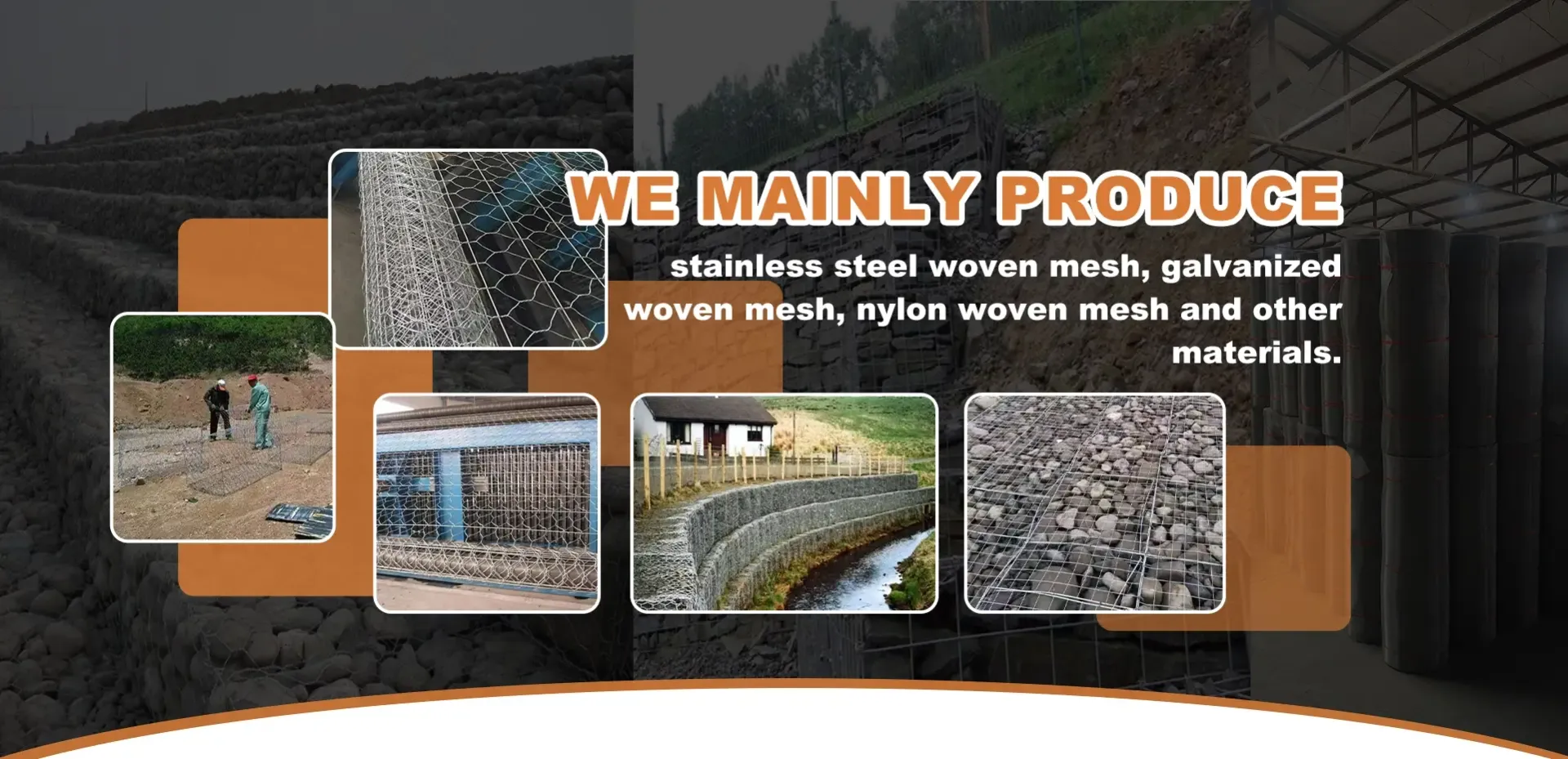-
 Afrikaans
Afrikaans -
 Albanian
Albanian -
 Amharic
Amharic -
 Arabic
Arabic -
 Armenian
Armenian -
 Azerbaijani
Azerbaijani -
 Basque
Basque -
 Belarusian
Belarusian -
 Bengali
Bengali -
 Bosnian
Bosnian -
 Bulgarian
Bulgarian -
 Catalan
Catalan -
 Cebuano
Cebuano -
 China
China -
 Corsican
Corsican -
 Croatian
Croatian -
 Czech
Czech -
 Danish
Danish -
 Dutch
Dutch -
 English
English -
 Esperanto
Esperanto -
 Estonian
Estonian -
 Finnish
Finnish -
 French
French -
 Frisian
Frisian -
 Galician
Galician -
 Georgian
Georgian -
 German
German -
 Greek
Greek -
 Gujarati
Gujarati -
 Haitian Creole
Haitian Creole -
 hausa
hausa -
 hawaiian
hawaiian -
 Hebrew
Hebrew -
 Hindi
Hindi -
 Miao
Miao -
 Hungarian
Hungarian -
 Icelandic
Icelandic -
 igbo
igbo -
 Indonesian
Indonesian -
 irish
irish -
 Italian
Italian -
 Japanese
Japanese -
 Javanese
Javanese -
 Kannada
Kannada -
 kazakh
kazakh -
 Khmer
Khmer -
 Rwandese
Rwandese -
 Korean
Korean -
 Kurdish
Kurdish -
 Kyrgyz
Kyrgyz -
 Lao
Lao -
 Latin
Latin -
 Latvian
Latvian -
 Lithuanian
Lithuanian -
 Luxembourgish
Luxembourgish -
 Macedonian
Macedonian -
 Malgashi
Malgashi -
 Malay
Malay -
 Malayalam
Malayalam -
 Maltese
Maltese -
 Maori
Maori -
 Marathi
Marathi -
 Mongolian
Mongolian -
 Myanmar
Myanmar -
 Nepali
Nepali -
 Norwegian
Norwegian -
 Norwegian
Norwegian -
 Occitan
Occitan -
 Pashto
Pashto -
 Persian
Persian -
 Polish
Polish -
 Portuguese
Portuguese -
 Punjabi
Punjabi -
 Romanian
Romanian -
 Russian
Russian -
 Samoan
Samoan -
 Scottish Gaelic
Scottish Gaelic -
 Serbian
Serbian -
 Sesotho
Sesotho -
 Shona
Shona -
 Sindhi
Sindhi -
 Sinhala
Sinhala -
 Slovak
Slovak -
 Slovenian
Slovenian -
 Somali
Somali -
 Spanish
Spanish -
 Sundanese
Sundanese -
 Swahili
Swahili -
 Swedish
Swedish -
 Tagalog
Tagalog -
 Tajik
Tajik -
 Tamil
Tamil -
 Tatar
Tatar -
 Telugu
Telugu -
 Thai
Thai -
 Turkish
Turkish -
 Turkmen
Turkmen -
 Ukrainian
Ukrainian -
 Urdu
Urdu -
 Uighur
Uighur -
 Uzbek
Uzbek -
 Vietnamese
Vietnamese -
 Welsh
Welsh -
 Bantu
Bantu -
 Yiddish
Yiddish -
 Yoruba
Yoruba -
 Zulu
Zulu
stainless steel mesh
Exploring Stainless Steel Mesh Versatility and Applications
Stainless steel mesh is a remarkable material that offers a combination of durability, resistance to corrosion, and versatility, making it an essential component in various industries. This woven mesh is produced from stainless steel wires, which can be treated to enhance specific properties. It is available in different grades, with the most common being 304 and 316 stainless steel, each suitable for various applications due to their unique properties.
One of the primary advantages of stainless steel mesh is its excellent resistance to corrosion. This characteristic is particularly important in environments where exposure to moisture, chemicals, and high temperatures is inevitable. For instance, the marine industry often uses stainless steel mesh for boat and ship construction as well as for various marine applications. The 316 grade, known for its high resistance to saltwater corrosion, is especially favored in such scenarios.
In addition to its corrosion resistance, stainless steel mesh is incredibly strong and durable. Its tensile strength makes it ideal for applications requiring a robust material that can withstand physical stress and strain. This quality is particularly beneficial in the construction and manufacturing industries, where stainless steel mesh is often used in safety screens, barriers, and reinforcement in concrete structures.
Stainless steel mesh is also known for its aesthetic appeal. Unlike other metal meshes, stainless steel retains a shiny, polished look that can enhance the appearance of various applications. This aesthetic property is evident in architectural designs, where stainless steel mesh is used in facades, railings, and as part of interior décor. It offers not only functional benefits but also contributes to a modern, sleek appearance that fits well in contemporary architectural styles.
stainless steel mesh

Another significant advantage of stainless steel mesh is its versatility. It can be manufactured in different weaves, openings, and gauges to meet specific requirements. For example, fine mesh is often employed in filtration applications, such as water treatment plants, food and beverage processing, and pharmaceutical industries, where it is essential to separate particles from liquids or gases. Conversely, coarser mesh might be used for applications that require a higher flow rate or a more rugged material, such as in mining or agriculture.
Moreover, stainless steel mesh is easy to clean and maintain, making it suitable for environments where hygiene is paramount, such as in food processing and healthcare settings. The non-porous surface of stainless steel allows for straightforward cleaning with detergents or disinfectants, ensuring that no bacteria or contaminants remain on the surface. This feature is crucial for maintaining compliance with health and safety regulations.
The durability and longevity of stainless steel mesh also translate to cost-effectiveness in the long term. While the initial investment may be higher compared to other materials, the extended lifespan and reduced need for replacements or repairs make it a financially sound choice. Businesses often prefer stainless steel mesh for its ability to withstand the test of time, ultimately resulting in lower operational costs.
In conclusion, stainless steel mesh is a multi-functional material that plays a vital role across various industries. Its corrosion resistance, durability, aesthetic appeal, versatility, and ease of maintenance make it an optimal choice for many applications. Whether used in architectural designs, industrial applications, or filtration systems, stainless steel mesh exhibits qualities that not only meet but often exceed the demands of modern industry. As we continue to innovate and explore new applications, the importance of stainless steel mesh remains paramount in ensuring safety, efficiency, and aesthetics in our daily lives.
-
Shipping Plastic Bags for Every NeedNewsJul.24,2025
-
Safety Netting: Your Shield in ConstructionNewsJul.24,2025
-
Plastic Mesh Netting for Everyday UseNewsJul.24,2025
-
Nylon Netting for Every UseNewsJul.24,2025
-
Mesh Breeder Box for Fish TanksNewsJul.24,2025
-
Expanded Steel Mesh Offers Durable VersatilityNewsJul.24,2025











